Resort property awakens to competition
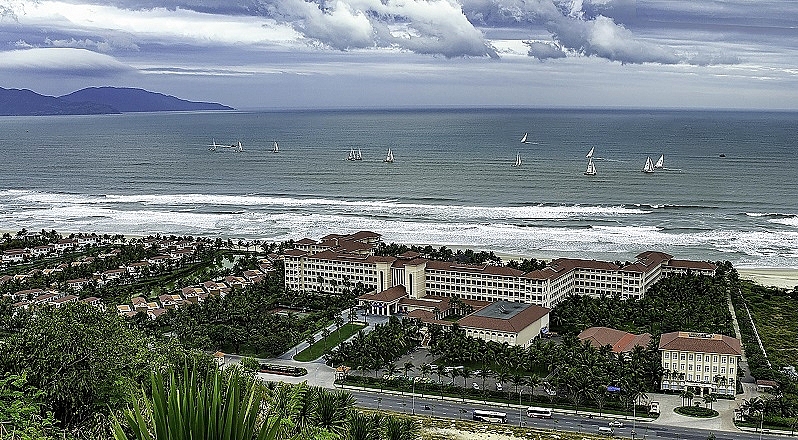 |
| Raw natural beauty is not enough, the Vietnamese tourism sector needs more and improved value-added services |
The issues
In line with the objectives of Vietnam’s development strategy for tourism to 2020 with vision to 2030 approved by the prime minister in 2011, by 2020, the country aims to welcome 17-20 million international tourist arrivals and 82 million domestic tourists, increasing accommodation by 580,000 rooms nationwide, 35-40 per cent of which are of three- to five-star standard.
Nevertheless, data by the United Nations World Tourism Organization (UNWTO) shows that during 2011-2017, the number of tourists has continuously increased at a double-digit average growth rate. In 2016, the nation attracted over 10 million international visitors and 62 million domestic tourists, surpassing the annual target. In 2017, Vietnam received more than 13 million international tourists, an increase of nearly 30 per cent on-year. Local tourists, on the other hand, have been estimated at 68 million, 32 million of whom were overnight stay visitors.
According to UNWTO, Vietnam ranked 6th among the Top 10 fastest growing tourist destinations in 2017 and scored first among the Asian countries in terms of tourism development.
In a bid to meet the rising demand for accommodation, overnight stay facilities have seen robust investments recently. According to the Vietnam National Administration of Tourism (VNAT), the number of overnight stay facilities for tourists went from 13,756 establishments (256,739 room units) in 2011 to 21,000 establishments (420,000 rooms) in 2016. The number of three- to five-star hotels accounted for 784 establishments with 91,250 rooms. By the end of 2016, Vietnam also had some five villa-style facilities with 337 rooms in operation.
Comparing the stout growth of tourist arrivals and that of accommodation facilities, we see a deficiency in the supply of accommodation establishments. What is more, not all accommodation facilities in use, even those in the three- to five-star bracket, can actually meet the standards and high utilisation requirements.
This, according to Savills Vietnam, boils down to the fact that many of the accommodation facilities do not have value-added utilities attached, resulting in shorter visitor stays than planned and a reluctance to return. This lack of utilities and tourism products also had an impact on tourist spending, as they merely pay for accommodation and dining and simply opt out of using value-added products and services.
As per the VNAT survey carried out in the past five years, overnight stay visitors spend 56-60 per cent of their budget on accommodation, meals, and drinks, while only 20-25 per cent on tourist attractions, sightseeing, entertainment, tourist guides, and souvenirs (the rest goes for transportation expenses). Breaking down the spending structure, sightseeing activities that include entertainment alone only account for 7-10 per cent of the total spending. Meanwhile, in Malaysia or Thailand, entertainment activities take up 40-50 per cent of the visitors’ holiday budget.
To encourage visitor spending throughout their journey, a thorough plan must be compiled beforehand. Take Thailand for instance: the country does not rely entirely on the natural landscape to develop its tourism industry. Apart from the natural advantages at hand, Thailand has hundreds of man-made tourist attractions, from facilities to a myriad of entertainment activities. Places like Nong Nooch Village in Pattaya, a 2.4-square kilometre man-made tropical garden and cultural village featuring daily cultural shows, restaurants, gardens, and shops.
Natural conditions are regarded purely as the basis for tourism development. Thai investors, in this case, have done very well in investing heavy bucks on man-made tourist attractions and tempting visitors to pay for the goods and services that they provide in a comfortable way.
In fact, the Thai tourism development model has already been employed in some local tourism complexes led by large-scale property developers in Vietnam, such as Vingroup, Sun Group, Empire Group or FLC Group, at their projects in Quang Ninh, Nha Trang, Quy Nhon or Phu Quoc and Danang. Nevertheless, the model still flies below the country’s potential and such destinations have yet to be connected with each other to develop into valuable vacation packages that are worth spending on.
Other projects, meanwhile, may be good in terms of the quality of the accommodation, but lack add-on utilities, subsequently becoming unappealing to visitors.
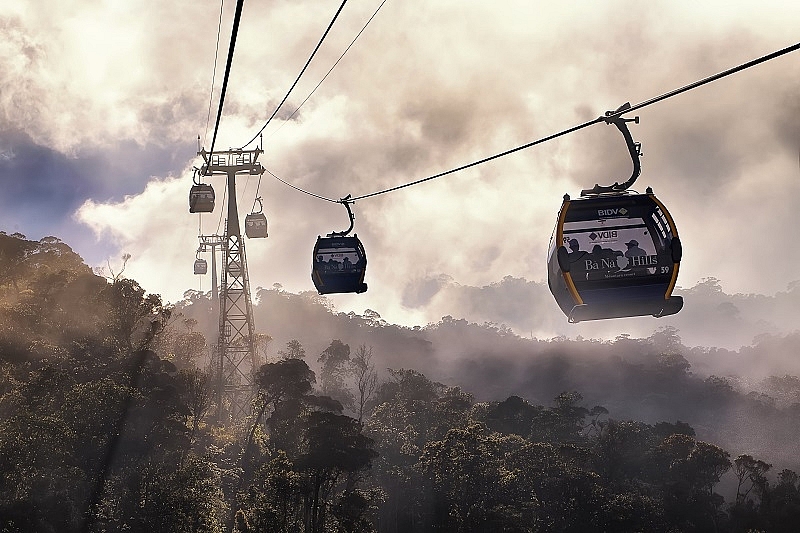 |
| Resort property awakens to competition |
Rivals of the Sleeping Beauty
It is not only the lack of a specific master plan for tourism development or the absence of utilities and services: many resort projects are confounded by changing tourism habits and are strangled by the rise of disruptive applications like the online accommodation rental platform Airbnb or homestays and motels.
Similar to the ride hailing services Uber or Grab, Airbnb connects those who need a room or a house for short-term stay with those who have spare accommodation around the world. Rental is reportedly cheaper than hotel booking, and as such, it has been a magnet for many tourists, particularly the younger ones and backpackers.
According to Dot Property Vietnam, Airbnb or full-serviced homestays provide visitors more privacy and better hospitality than hotels. Many tourists have even experienced exceptionally designed houses in unique locations up in trees, up the cliffs or in the middle of the prairie.
To draw in more tenants, many homeowners have come up with exclusive packages that include fishing, home-based cooking or guided tours for visitors who wish to have a taste of local activities and experiences. These packages have, in reality, been more appealing to both local and international visitors than tours organised by resorts or luxury hotels.
Data by Airbnb Vietnam showed that in 2015, the number of accounts registered for rental services in Vietnam was only 1,000, which grew 6.5-fold by the end of 2017.
What the stars mean:
★ Poor ★ ★ Promising ★★★ Good ★★★★ Very good ★★★★★ Exceptional
Themes: Vietnam Property Outlook 2017
Related Contents
Latest News
More News
- Social housing still out of reach for low-income earners (July 29, 2025 | 10:18)
- Toshin Development eyes Hanoi's high-end retail boom with strategic expansion (July 26, 2025 | 10:00)
- Ba Ria-Vung Tau emerging as new magnet (July 23, 2025 | 15:45)
- Merger sets stage for south property boom (July 23, 2025 | 15:00)
- The grand restructuring: a leap towards efficiency (July 23, 2025 | 12:30)
- LA Home unveils mock-up house with green living standards (July 21, 2025 | 11:21)
- Real estate FDI surge set to continue (July 17, 2025 | 14:00)
- Transparency expected from state-managed centres (July 17, 2025 | 09:38)
- Eco-transformation keeps Vietnamese IPs competitive (July 16, 2025 | 15:00)
- Corporate tax landscape undergoing decisive shifts (July 16, 2025 | 10:38)

 Tag:
Tag:








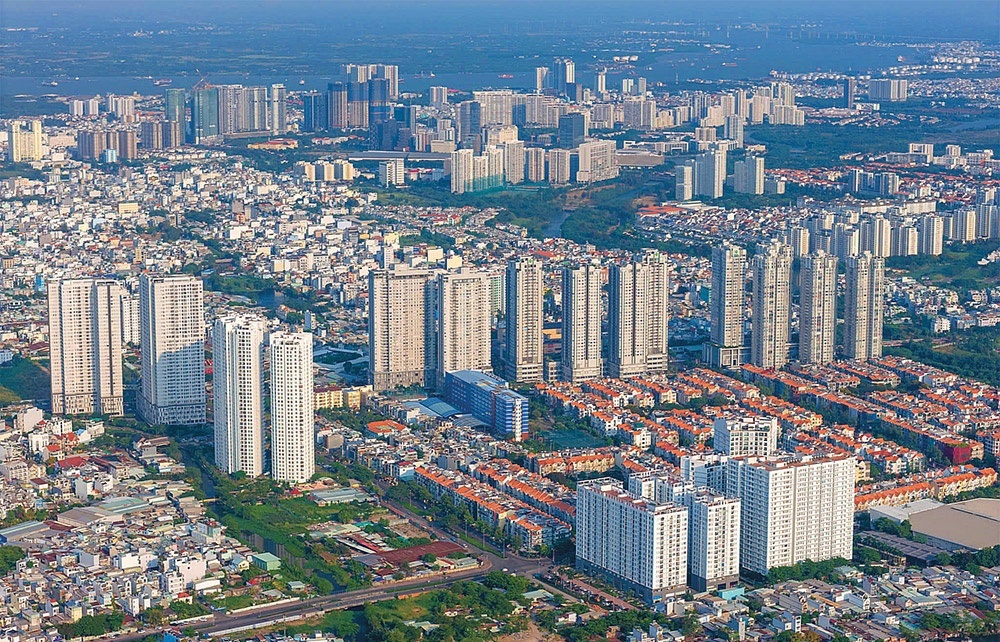

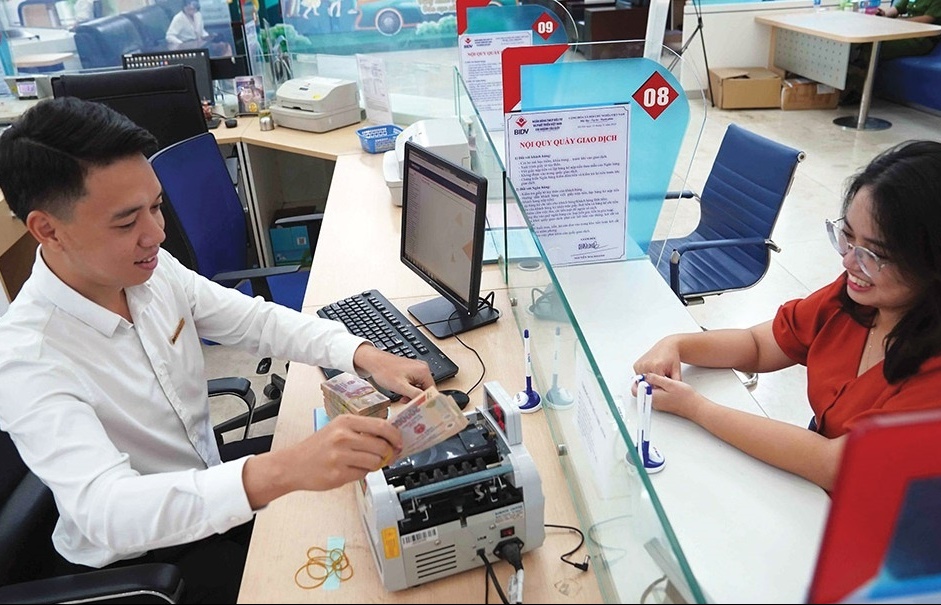

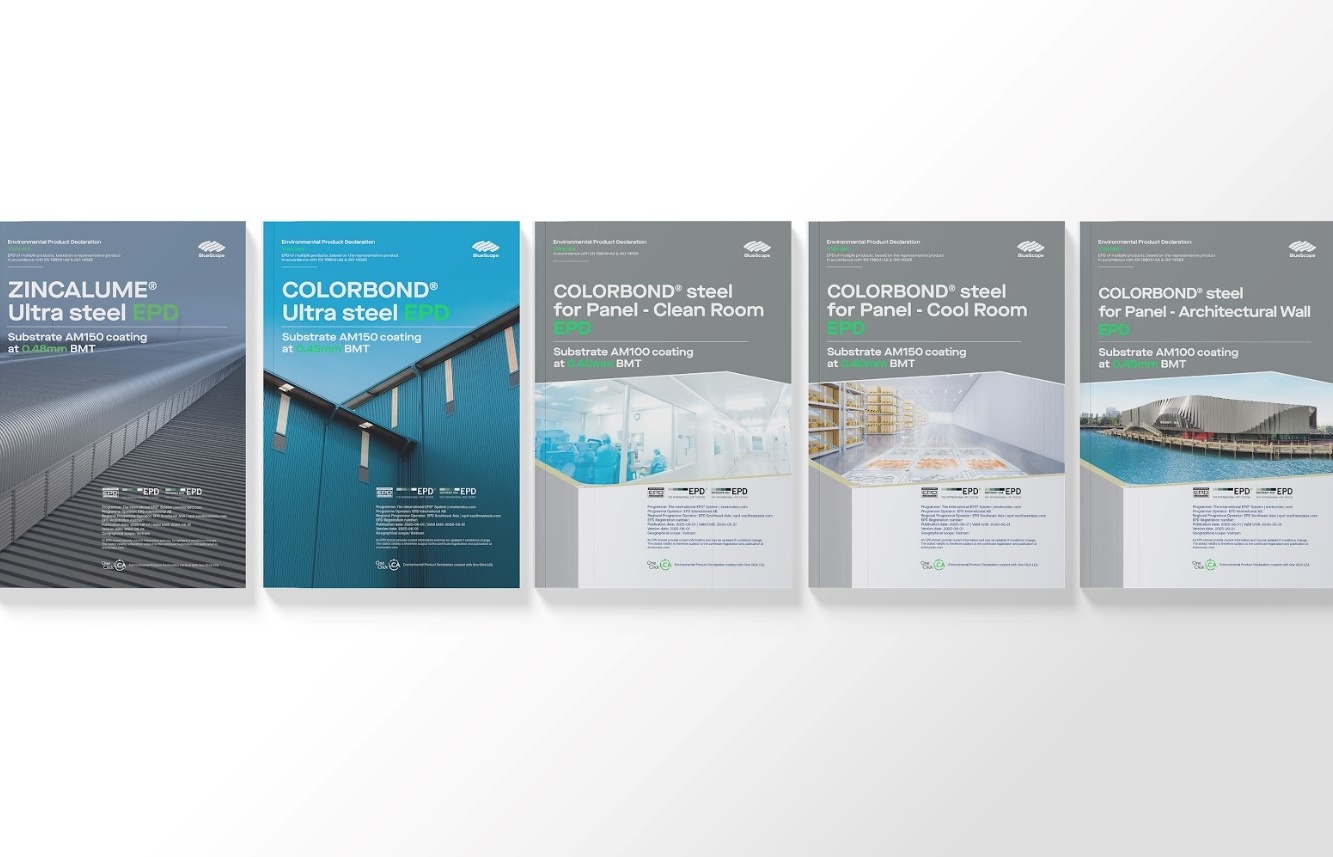






 Mobile Version
Mobile Version